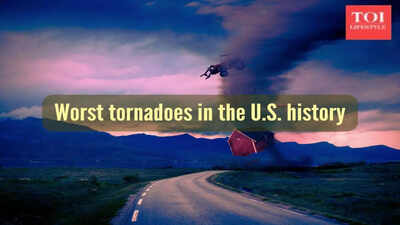Top 10 deadliest tornadoes in U.S. history
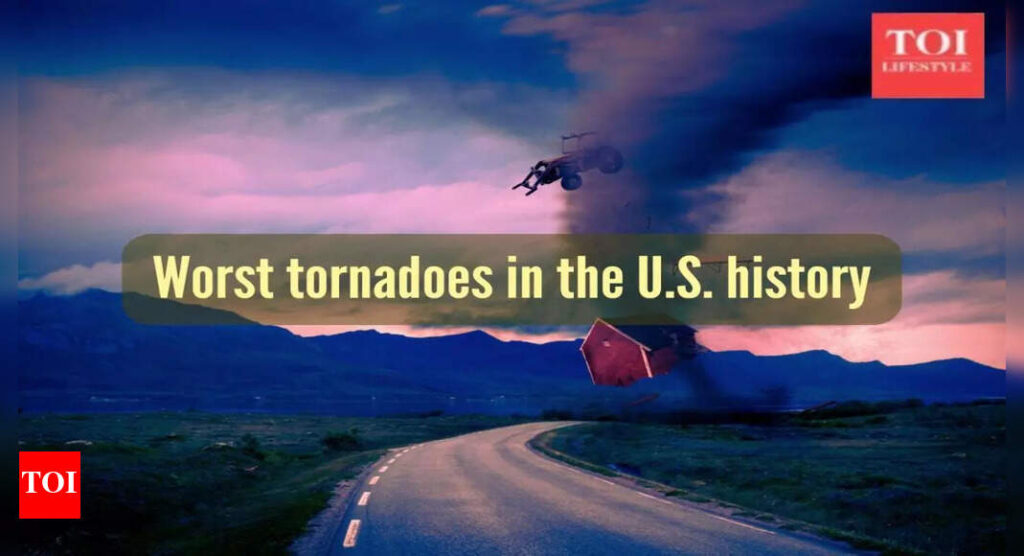
Tornadoes are among the most dangerous natural calamities on Earth. These natural disasters hold the power of erasing cities, towns and villages off the map within a matter of a few minutes. And the United States is one of those destinations which is counted as home to the world’s most tornado activity. The country has faced some catastrophic tornadoes that have claimed hundreds of lives and caused massive destruction.From the infamous Tri-State Tornado of 1925 to 2011’s Joplin disaster, these deadly tornadoes are a perfect example of nature’s fury! In this article, we explore the 10 deadliest tornadoes in U.S. history to understand how and why these storms turned so devastating.Tri‑State Tornado — March 18, 1925 (Missouri/Illinois/Indiana)Deaths: Around 695
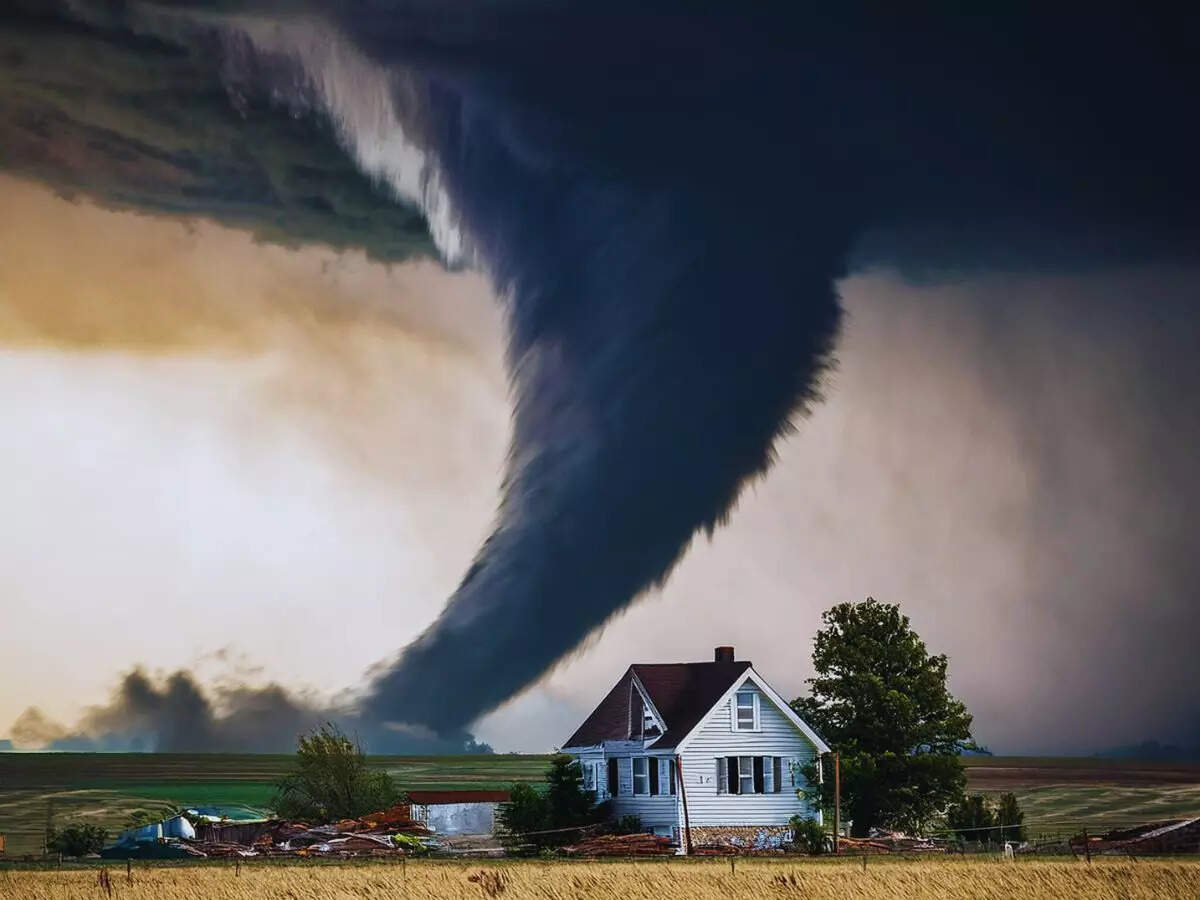
March 18 of 1925 is still remembered as the most tragic day in the history of natural calamities. The Tri‑State Tornado is counted among the deadliest single tornadoes in U.S. history. The tornado travelled from southeastern Missouri into southern Illinois and southwestern Indiana and moved at a high speed of 60 mph according to The Weather Channel. More than 650 people lost their lives and much of the destruction occurred in southern Illinois and in small towns. It is considered a landmark event in tornado history.Great Natchez Tornado — May 7, 1840 (Mississippi/Louisiana)Deaths: At least 317The Great Natchez Tornado claimed more than 300 innocent lives. The calamity took place in the afternoon of May 7, 1840 and left the city devastated. It is believed that the actual toll may have been higher. The tornado is rated F4 or worse.St. Louis Tornado (1896) — May 27, 1896 (Missouri/Illinois)Deaths: Nearly 255The St. Louis Tornado shook the country on May 27, 1896. The tornado was so powerful that it destroyed large portions of the city and claimed hundreds of lives. Urban population density and limited warning systems made this natural calamity particularly deadly.Tupelo Tornado — April 5, 1936 (Mississippi)Deaths: Around 216
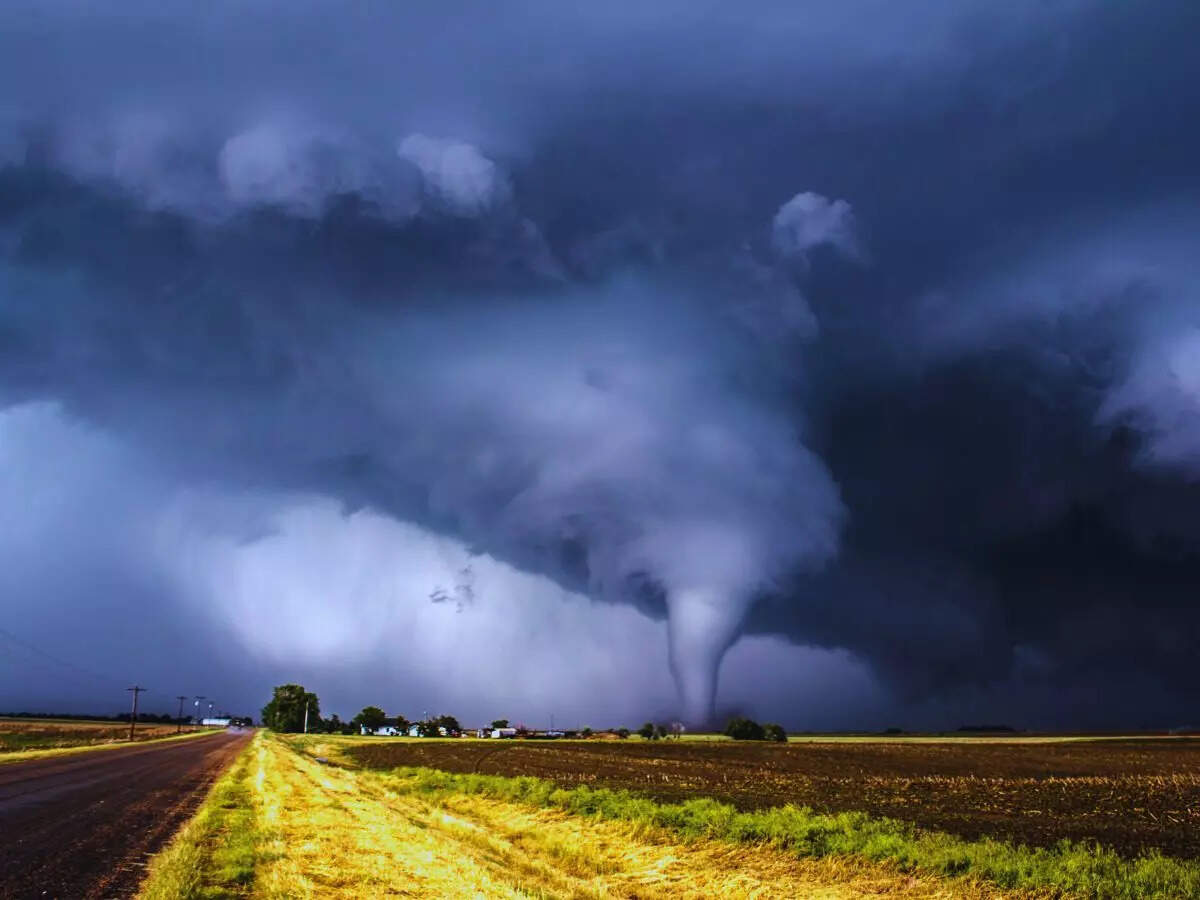
The Tupelo Tornado hit Tupelo in Mississippi on April 5, 1936. The death toll crossed 216 and hundreds of homes were left destroyed. There were no warnings and shelter capabilities at the time were very limited.Gainesville Tornado — April 6, 1936 (Georgia)Deaths: Around 203Soon after Tupelo, the next day a tornado hit Gainesville, which was a major tornado that hit Georgia where the death toll reached 203. It is counted among one of the deadliest U.S. tornadoes. Two storms merged in the region, making the event destructive.Woodward Tornado — April 9, 1947 (Texas panhandle → Oklahoma → Kansas)Deaths: Around 181
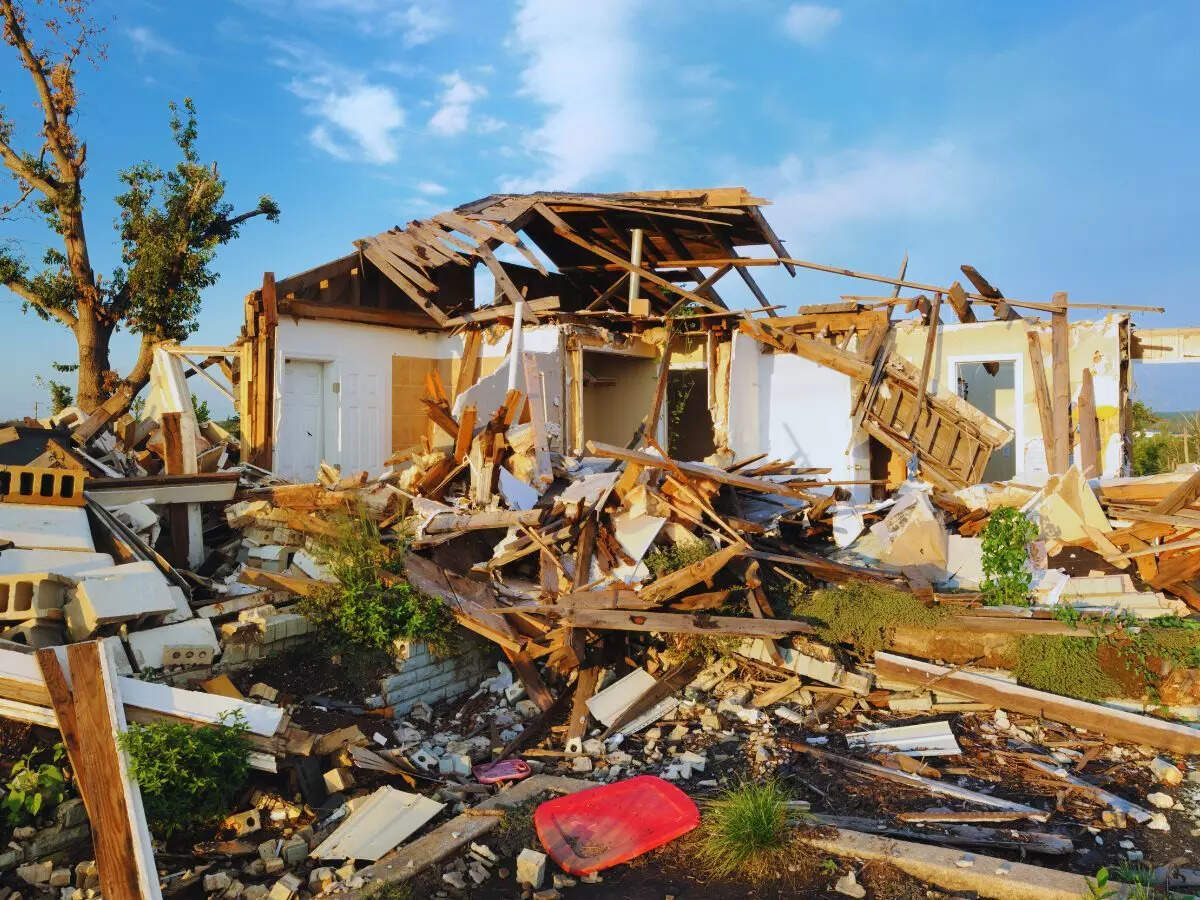
This was a tornado family that started its journey in the Texas Panhandle and crossed Oklahoma and Kansas. Then made destruction in Woodward, Oklahoma, and left a catastrophic effect in the states. It is considered the deadliest tornado in the history of Oklahoma. While authoritative lists say 181 deaths. Joplin Tornado — May 22, 2011 (Missouri)Deaths: Around 158Rated as EF-5 tornado, Joplin Tornado caused massive destruction in the region. Thousands of homes were destroyed killing nearly 158 people. It remains one of the deadliest tornadoes of the century.Amite/Purvis Tornado — April 24, 1908 (Louisiana/Mississippi)Deaths: Around 143
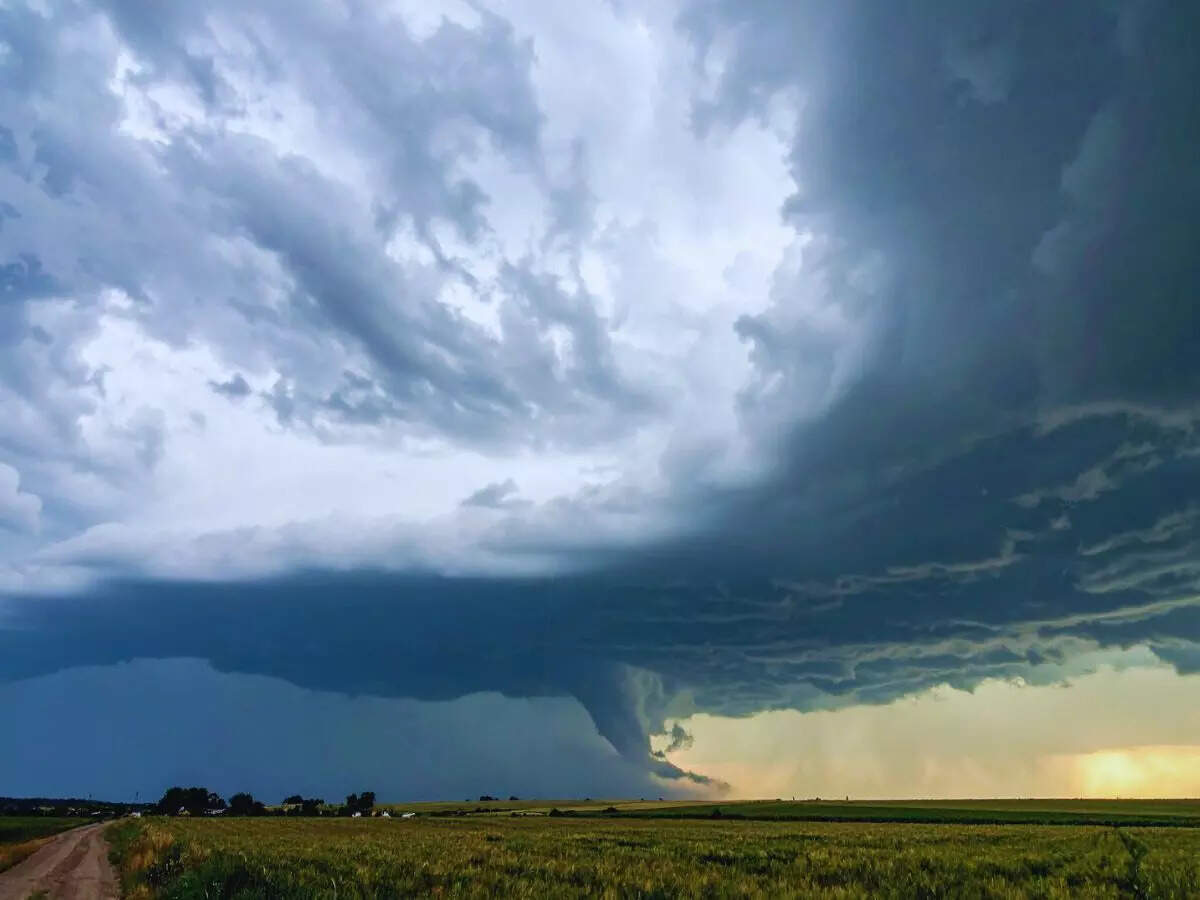
The Amite/Purvis Tornado struck Amite in Louisiana and moved into Purvis, Mississippi. It caused major destruction and killed over 140 people. New Richmond Tornado — June 12, 1899 (Wisconsin)Deaths: Nearly 117On June 12, 1899, a tornado hit New Richmond, Wisconsin. More than 115 people were killed and there was mass destruction. The tornado remains the deadliest in Wisconsin’s recorded history.Flint‑Beecher Tornado — June 8, 1953 (Michigan)Deaths: About 116 This tornado struck the Flint in Michigan area and killed over 100 innocent people. It is the deadliest tornado ever recorded in Michigan.Why era matters

It is important to note here that most of the deadliest tornadoes happened before modern warning systems came into being. This means that more people died because of no advanced method of signalling warnings.It is noticeable that several of the high-fatality events destroyed small towns and cities, sometimes at times of day when people were at home. Urban tornadoes are risky because of density. But the good thing about modern tornadoes is that because of frequent weather events and warnings, fatality numbers per tornado have dipped in recent times. It is all thanks to better forecasting and faster communications and awareness.
